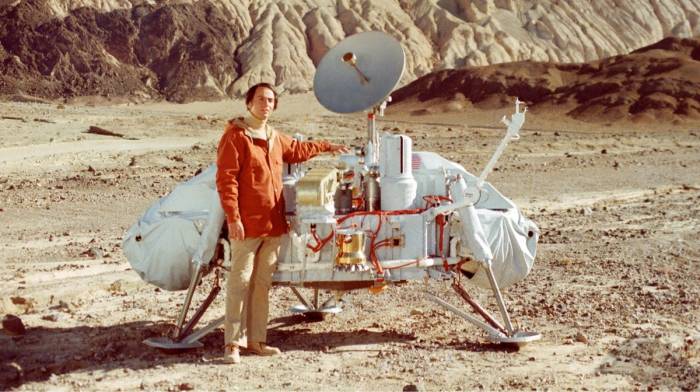Agnes Chase: On Botany and Rebellion
A botanist dedicated her life to the study of grasses and to the struggle for justice.
Grass is perhaps the humblest of plants, and therein lies its radical beauty. Agnes Chase (1869-1963) dedicated her life to studying grass and to a profound radicalism. An active campaigner for women’s suffrage, she also dedicated herself to the rights of multiple disadvantaged communities. But it was her scientific work and the way she devoted herself to what she loved, despite all the obstacles, that made her one of history’s most inspiring scientists and activists.
Having grown up in a rural environment with scarce resources, she received little formal education. After several jobs and a premature widowhood, she attended some classes at the University of Chicago. There, her attention was drawn to botany and she began to make exploratory trips to research the plants that would be her specialization: grasses. The family includes grass and other types of plants like wheat, maize, barley, bamboo and rye.
Chase was especially interested in pastureland because, according to her, it’s what keeps the Earth together (accepting all the metaphorical implications implied therein). Her talents eventually led her to work first as a botanical illustrator, and later to work for the Bureau of Plant Industry, an early agency within the US Department of Agriculture. There, she met Albert Spear Hitchcock, another expert on grasses. He would accompany Chase on a good part of her career. Together, the two were to travel throughout the Americas, as agrostologists.
Hitchcock and Chase developed an ambitious project for the observation, collection, description, identification, and classification of all of America’s grass species and it led them to travel all over North and South America. To complete their voyages, they solicited funds from institutions, and invariably, economic support was given only to Hitchcock and not to Chase because she was a woman. This didn’t stop her. She got the necessary funds for her own travels through the women’s associations and missionaries to which she’d belonged throughout her life.
Chase travelled South America as best she could: by train, by bus, by car, on horseback, and on foot. In Brazil, she undertook several expeditions which included scaling the two highest peaks in the country, and in her lifetime, she published canonical books on the pastureland of the Americas. As with the case of Caroline Herschel —who had to work for her brother before she was able to access the resources needed to carry out her own astronomical research— Chase had to occasionally rely on a male colleague in order to take her research trips, to develop her career, and to achieve a name and place in the scientific environment of her time, still quite common in the early 20th century. It’s no surprise that Chase’s struggle was similar to that of grass: she walked a humble path but one of resistance and strength.
Image: Chang Qing – Unsplash
Related Articles
7 Recommendations for Organizing Your Library
For the true bibliophile, few things are more important than finding a book from within your library.
Red tea, the best antioxidant beverage on earth
Red tea is considered to be the most unusual of teas because it implies a consistently different preparation process. ––It is believed that its finding came upon surprisingly when traditional green
A brief and fascinating tour of the world's sands
To see a World in a Grain of Sand And a Heaven in a Wild Flower, Hold Infinity in the palm of your hand And Eternity in an hour. - William Blake What are we standing on? The ground beneath our feet
Strengthen your memory with rosemary oil
For thousands of years rosemary oil has been traditionally admired and used due to its many properties. In the Roman culture, for example, it was used for several purposes, among them cleansing, as
Literature as a Tool to Build Realities
Alain de Botton argues that great writers are like lenses through which we can see an infinite array of possibilities.
Mandelbrot and Fractals: Different Ways of Perceiving Space
Mathematics has always placed a greater emphasis on algebra, a “purer” version of itself, one that is more rational at least. Perhaps like in philosophy, the use of a large number knotted concepts in
Luis Buñuel’s Perfect Dry Martini
The drums of Calanda accompanied Luis Buñuel throughout his life. In his invaluable memoirs, published under the Buñuel-esque title, My Last Sigh, an entire chapter is dedicated to describing a
A Brief Manual of Skepticism, Courtesy of Carl Sagan
Whether or not you’re dedicated to science, these tips to identify fallacies apply to any form of rigorous thinking.
How to Evolve from Sadness
Rainer Maria Rilke explored the possible transformations that sadness can trigger in human beings.
Alan Watts, A Discreet And Charming Philosopher Of The Spirit
British thinker Alan Watts was one of the most accessible and entertaining Western interpreters of Oriental philosophy there have been.










